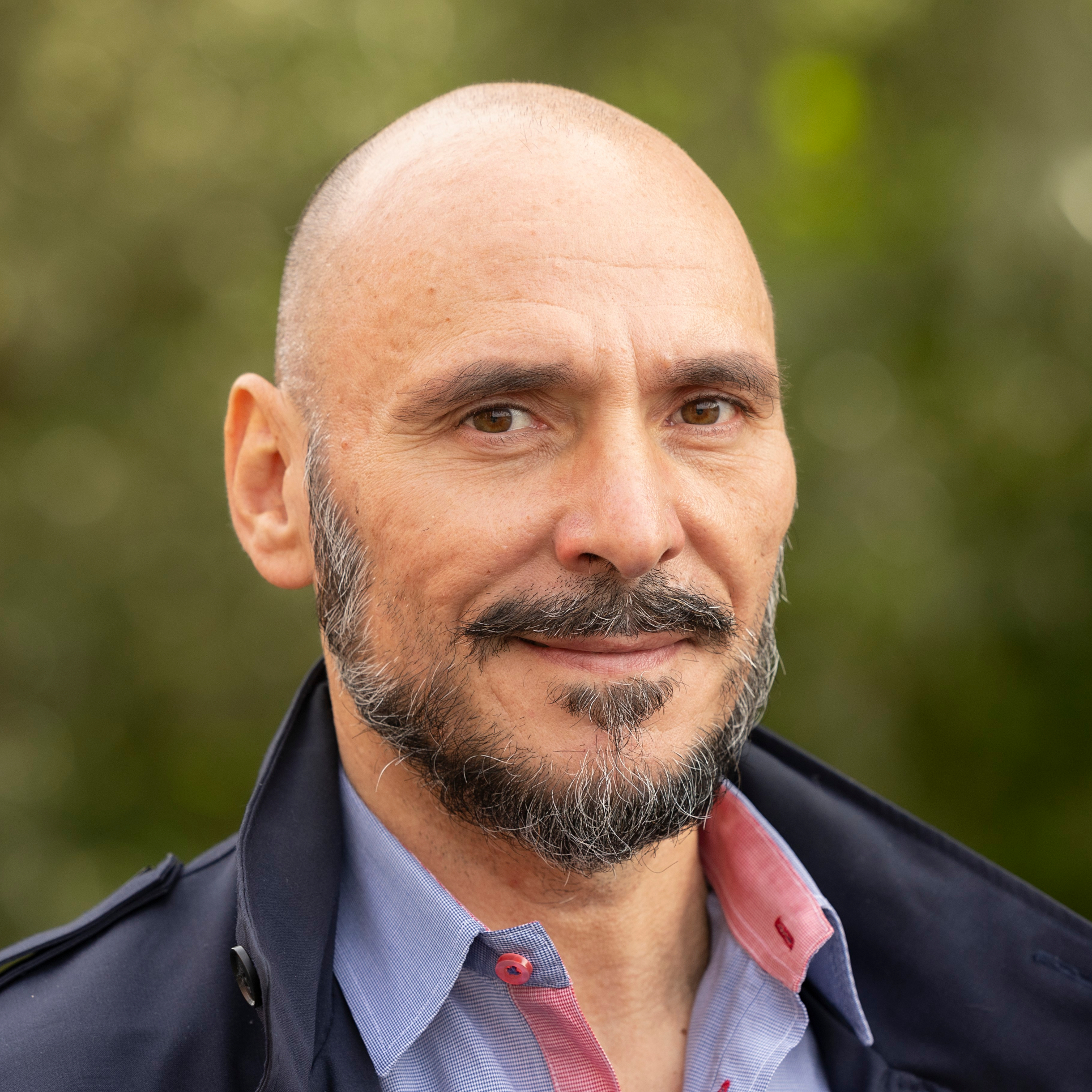4 July 2024
PLEASE NOTE: The Viewpoints on our website are to be read and freely shared by all. If they are republished, the following text should be used: “This Viewpoint was originally published on the REVIVE website revive.gardp.org, an activity of the Global Antibiotic Research & Development Partnership (GARDP).”
The views and opinions expressed in this article are solely those of the original author(s) and do not necessarily represent those of GARDP, their donors and partners, or other collaborators and contributors. GARDP is not responsible for the content of external sites.
As illustrated by the recent global shortage of amoxicillin,1 poor access to antibiotics remains a major problem worldwide.2 The unavailability of antibiotics, due to periodic shortages or lack of local registration,3 was also addressed in three recent Antimicrobial Viewpoint articles.4,5,6 The causes of poor access and shortages are many, e.g. unpredictable demand, fragile and non-transparent supply chains and poor economic attractiveness for suppliers.7,8,9
Two common elements across the national, regional and global initiatives are that (i) they target generic antibiotics (typically belonging to the WHO “Access” and “Watch” categories) in different ways than new antibiotics with market exclusivity (typically “Reserve” category), and (ii) they include some form of revenue guarantee.
Several reports have proposed numerous solutions to address this problem, ranging from stockpiling to revenue guarantees to antibiotic suppliers;10,11,12 yet very few of these solutions have been implemented. To overcome barriers to implementing these solutions, some necessary preparatory steps are required, such as specifying the complex details of their functioning, testing their performance and securing funds. In this viewpoint, we take a closer look at some recent initiatives which have taken important steps and whose details have been specified to prepare implementation in three geographic contexts: a single country (Sweden), regional cross-country collaboration (the EU), and the global level.
On a national level
In 2020, the Public Health Agency of Sweden (PHAS) introduced a yearly revenue guarantee of approximately US$400,000 to incentivize suppliers of recently approved antibiotics, still covered by market exclusivity, to make the new drugs available to patients within 24 hours via nationally held inventories.13 At a yearly additional cost for the national government of approximately US$1 million, this mechanism gave Sweden access to new last-resort antibiotics with activity against multidrug-resistant Gram-negative bacteria (cefiderocol, ceftolozan/tazobactam, imipenem/relebactam and meropenem/vaborbactam)14 much earlier than the suppliers’ planned registration in this country. The internal evaluation, published by the PHAS in May 2023, concluded that this partially de-linked model was efficient in securing access to medicines of critical importance to healthcare.13 This first model resembles the subscription model by UK’s NICE and NHS England, which in 2022 procured two recently approved antibiotics (cefiderocol and cefatazidime/avibactam) for a fixed annual fee.15 Later in 2023, the PHAS extended the idea of revenue guarantees from exclusive to generic antibiotics risking de-registration, inspired by a list of 10 solutions proposed by the publicly funded multisectoral platform PLATINEA (www.platinea.se).4 This mechanism is currently suggested for 20 products, mainly pediatric formulations and tuberculosis drugs, with yearly sales in Sweden below US$100,000.16 If implemented, this new model will offer suppliers a fixed yearly payment of US$40,000 for holding stocks covering 6 months of normal use and an additional yearly revenue guarantee of about US$80,000, at a total public cost of approximately US$1.7 million per year.
On a regional level
In 2021, the EU established HERA, a new Directorate-General assigned to improve access to new and old antibiotics (among other tasks). While also contributing to funding global initiatives, HERA focuses on specific solutions for Europe, including interventions to address shortages of older antibiotics, such as the rescEU stockpiles and targeted joint procurement,17 and revenue guarantees for new antibiotics to promote availability in all Member States. This intervention resembles the first aforementioned Swedish reimbursement model and may be funded under the EU4Health Work programme 23 with about €20 million. Another EU-level initiative is the collaboration project EU-JAMRAI 2, which started in 2024 and includes a work-package involving 14 countries aiming to improve access to generic antibiotics with vulnerable supply, especially narrow-spectrum and paediatric formulations. EU-JAMRAI follows a three–step approach: first, each country selects 10 antibiotics that it considers as clinically important and having supply risk; second, antibiotics selected by several countries are analyzed to define causes of lacking access and high supply risk, e.g. too low national sales or fragmented demand across countries; and finally, tailored interventions will be identified for specific products, which may include revenue guarantees for products with low sales, or harmonization of the product ranges sold in different countries and electronic leaflets facilitating product transfers between countries for products with nationally fragmented demand.
On a global level
SECURE is a collaboration between GARDP and WHO established in 2021 with the aim to improve access to antibiotics on a global scale, particularly in low- and middle-income countries (LMICs). In 2022 and 2023 SECURE devised its arsenal of tools including pooled procurement, revolving stockpiles, supplier/revenue guarantees and regulatory levers to be applied in different combinations to the three key types of antibiotics in WHO AWaRe categorization.18 SECURE plans to implement these tools from 2024 to 2027. A detailed analysis of financial feasibility suggested potential savings of 33% lower procurement costs for participating countries; the estimated costs to grant a population of 100 million people in LMICs access to a portfolio of 10 antibiotics (three “Access”, five “Watch” and two “Reserve”) for five years are US$20 million. SECURE is currently engaging donors to cover a substantial part of these costs, including the fees to international pool procurement organizations such as the Global Drug Facility, which will collaborate with SECURE on purchasing and distribution. SECURE is discussing with LMICs from different WHO regions to identify local needs, define adapted setting-specific solutions and start testing them. SECURE is also considering how to create a common portfolio of antibiotics for pooled procurement involving several countries and regions.
As illustrated by the recent global shortage of amoxicillin, poor access to antibiotics remains a major problem worldwide.
Two common elements across the national, regional and global initiatives are that (i) they target generic antibiotics (typically belonging to the WHO “Access” and “Watch” categories) in different ways than new antibiotics with market exclusivity (typically “Reserve” category), and (ii) they include some form of revenue guarantee. However, there is a salient difference in estimated costs, which goes beyond the specific type and number of selected antibiotics. A simplified comparison of the yearly cost per million inhabitants indicates that the Swedish national guarantees program comes with a more than 5-fold higher estimated cost of US$270,000/year (i.e., US$2.7 million/10 million people/year) than SECURE’s global mechanism which would cost US$40,000/year (i.e., US$20 million/100 million people/5 years). This suggests that such mechanisms are more efficient when applied to larger populations by pooling the demand of several countries.
However, reaching this critical mass requires a common portfolio of antibiotics. At present, the market is fragmented also in regions with seemingly similar markets like the Nordic countries,19 and variations in treatment practices across countries, which lead to differences in antibiotic consumption, are not justified by differences in resistance epidemiology. Thus, the development of international evidence-based treatment recommendations, coordinated by ESCMID or other professional societies, can also serve as a step towards harmonization of market needs, and prevent shortages and deregistration.
Acknowledgements: We would like to express our gratitude Charlotta Edlund and Anders Ternhag at the PHAS, Christine Årdal at EU-JAMRAI 2, and Kim Faure and Jennifer Cohn at SECURE, for sharing details about their respective initiatives.
References
- Cohen R, Pettoello-Mantovani M, Giardino I, Carrasco-Sanz A, Somekh E et al. (2023). The shortage of amoxicillin: an escalating public health crisis in pediatrics faced by several western countries. The Journal of Pediatrics, 257.
- Shafiq N, Pandey AK, Malhotra S, Holmes A, Mendelson M et al. (2021). Shortage of essential antimicrobials: a major challenge to global health security. BMJ global health, 6(11), e006961.
- Pulcini C, Mohrs S, Beovic B, Gyssens I, Theuretzbacher U et al. Forgotten antibiotics: a follow-up inventory study in Europe, the USA, Canada and Australia, International Journal of Antimicrobial Agents, 49(1), 98-101.
- Baraldi E (2021). Causes of antibiotics shortages and the solutions to address them. GARDP Antimicrobial Viewpoints.
- Rafiqi F, Hellamand M, van Gerven M (2022). Lack of access to generic antibiotics and antifungals is an overlooked issue in AMR, REVIVE, GARDP Antimicrobial Viewpoints.
- Årdal, C (2023). Market stimulation needed for predictable supply of antibiotics with vulnerable supply chains in Europe. GARDP Antimicrobial Viewpoints.
- Technopolis Group (2021). Future-proofing pharmaceutical legislation — study on medicine shortages, Report to the European Commission, December 2021.
- US FDA (2019). Drug shortages: root causes and potential solutions.
- Cogan D, Karrar K, Iyer J (2018). Shortages, stockouts and scarcity: the issues facing the security of antibiotic supply and the role for pharmaceutical companies. Access to Medicine Foundation.
- Anderson M, Panteli D, Mossialos E (2023). How can the EU support sustainable innovation and access to effective antibiotics? Policy options for existing and new medicines. Report by the European Health Observatory (EHO).
- European Commission, European Health and Digital Executive Agency (2022). HERA AMR feasibility study on stockpiling – D6/D7 – Final report, Publications Office of the European Union.
- React (2021). Ensuring Sustainable Access to Effective Antibiotics for Everyone Everywhere.
- PHAS (2023). Tillgänglighet till vissa antibiotika. Slutrapport från en pilotstudie av en alternativ ersättningsmodell (Availability of selected antibiotics. Final report on a pilot study of a new reimbursement model).
- Outterson K, Orubu ESF, Rex J, Årdal C, Zaman MH (2022). Patient Access in 14 High-Income Countries to New Antibacterials Approved by the US Food and Drug Administration, European Medicines Agency, Japanese Pharmaceuticals and Medical Devices Agency, or Health Canada, 2010–2020. Clin Infect Dis. 2022;74:1183-1190.
- NICE (2024). A new model for evaluating and purchasing antimicrobials in the UK.
- PHAS (2024). En förstudie om en ny ersättningsmodell för att tillhandahålla ett buffertlager av vissa antibiotikaprodukter (A pilot study of a new reimbursement model to provide a security stock of selected antibiotics).
- European Commission (2023). Communication to the European Parliament…Addressing medicine shortages in the EU.
- SECURE (2024). SECURE’s Economic and procurement tools.
- PLATINEA (2024). Mapping the antibiotic market in Denmark, Finland, Norway and Sweden – focus on clinically important antibiotic with a risk of insufficient availability.

Enrico Baraldi is the Chaired Professor of Marketing at Uppsala University, Sweden.
His research covers industrial marketing, business networks, product development, innovation management, business strategies, science & technology studies (STS), academic entrepreneurship and industrial and research policy. He is also involved in identifying, developing and promoting solutions to address the challenge of antibiotic resistance. He has been leading the collaboration platform PLATINEA for innovation of existing antibiotics (www.platinea.se), with a focus on antibiotics shortages, and has worked in the DRIVE-AB project about new economic models to stimulate antibiotics R&D.

Thomas Tängdén is an infectious diseases physician, associate professor and research group leader at the Department of Medical Sciences at Uppsala University, Sweden. He is project leader of the collaboration platform PLATINEA, chair of the Swedish strategic programme against antibiotic resistance (STRAMA), medical advisor of the global resistance network ReAct, science officer of the ESCMID AMR Action Committee (EAAC), and has authored national and European treatment guidelines for multidrug-resistant bacteria. He is also an editorial board member of CMI Communications.
His research includes randomized and observational clinical studies, antimicrobial stewardship interventions, pharmacokinetic studies, metagenomic analyses of antibiotic-induced damage to the microbiome, and in vitro studies to find new treatment strategies to overcome multidrug resistance.
The authors declare that they do not have any relationships or affiliations that could be construed as a potential conflict of interest.